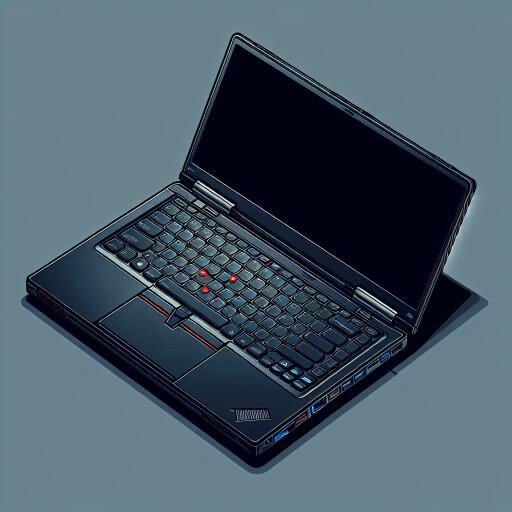The Lenovo ThinkPad X1 Carbon (Gen 11): A Detailed Review
When looking at the latest in the lineup of Lenovo’s esteemed ThinkPad series, the ThinkPad X1 Carbon 11th Generation stands out for its sleek design and cutting-edge features. Released in December of 2022, this ultrabook continues the legacy of its predecessors, offering a blend of high performance, robust security features, and enhanced usability. Yet, amidst its notable advancements, there lies a critical consideration for potential buyers, especially those valuing openness and compatibility in their technology.
Key Features and Considerations
At the heart of the ThinkPad X1 Carbon Gen 11 lies its impressive array of specs, aligning well with the expectations for modern ultrabooks. Among its highlights is the inclusion of the latest Intel processors that assure users of swift and efficient performance regardless of the task at hand. Furthermore, the notebook takes a significant step forward in security with the integration of Intel Total Memory Encryption, a feature designed to offer peace of mind right out of the box.
However, it is crucial to tread carefully for those enticed by the ultrabook’s display options. Lenovo introduces the option for a 2.8k OLED screen, promising unparalleled vividness and clarity in visuals. Alongside, the choice for IPS screens remains available, catering to a broad range of preferences among users. Yet, the allure of these advanced screen options comes with a significant caveat – the integration of a MIPI camera, labeled by Lenovo as a ‘Computer Vision camera.’
The crux of the matter with this camera technology rests in its lack of open-source drivers, posing a significant barrier to compatibility and long-term usability. For enthusiasts and professionals who prioritize open-source environments for their flexibility and security benefits, this limitation is more than a mere inconvenience. In an era where adaptability in tech is paramount, being tethered to closed-source drivers for essential hardware components like the camera can stifle innovation and restrict the user’s ability to tailor their setup to meet evolving needs.
Considerations beyond the Camera
For those willing to navigate or overlook the camera’s restrictions, the ThinkPad X1 Carbon Gen 11 offers further configurability through its BIOS. Users can, for instance, swap the Fn and Ctrl keys, catering to personal preference or alignment with muscle memory from other devices. Additionally, the presence of a gray mark below the trackpad’s middle button signals the inclusion of built-in NFC, expanding connectivity options for seamless integration with other devices and services.
Yet, before committing to this model, prospective buyers are encouraged to reference the 10th Generation for an in-depth understanding of the hardware compatibility and configuration nuances. Previous iterations of the ThinkPad X1 Carbon series offer a reliable benchmark for assessing advancements and evaluating how new features stack up against established benchmarks.
Final Thoughts
In sum, the Lenovo ThinkPad X1 Carbon Gen 11 embodies the strides in design, performance, and security that the series is known for. Its potential limitations, mainly revolving around the “Computer Vision camera” and its proprietary drivers, pose significant considerations for a subset of users. For those deeply invested in open-source software or anticipating future-proofing their hardware against rapidly evolving tech landscapes, these limitations warrant careful deliberation.
Despite these considerations, the ThinkPad X1 Carbon remains a formidable contender in the ultrabook market, especially for users who prioritize speed, security, and sleek design in their computing devices. As with any tech investment, aligning features and limitations with personal or professional needs is crucial in making a well-informed decision.
As technology continues to advance at a breakneck pace, the dialogue around open source versus proprietary systems becomes more relevant. In this context, the Lenovo ThinkPad X1 Carbon Gen 11 serves as a case study in the ongoing debate, reminding us of the importance of looking beyond surface-level specifications to understand the full scope of what our devices can (and cannot) do.









